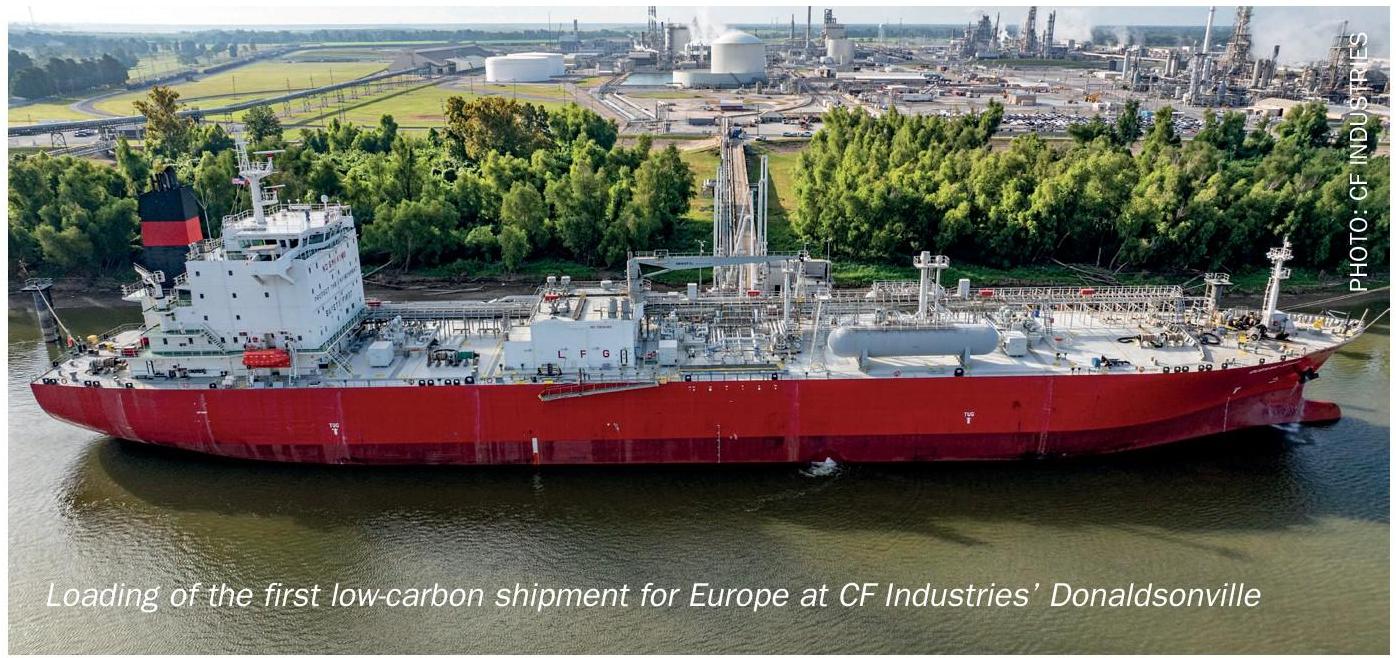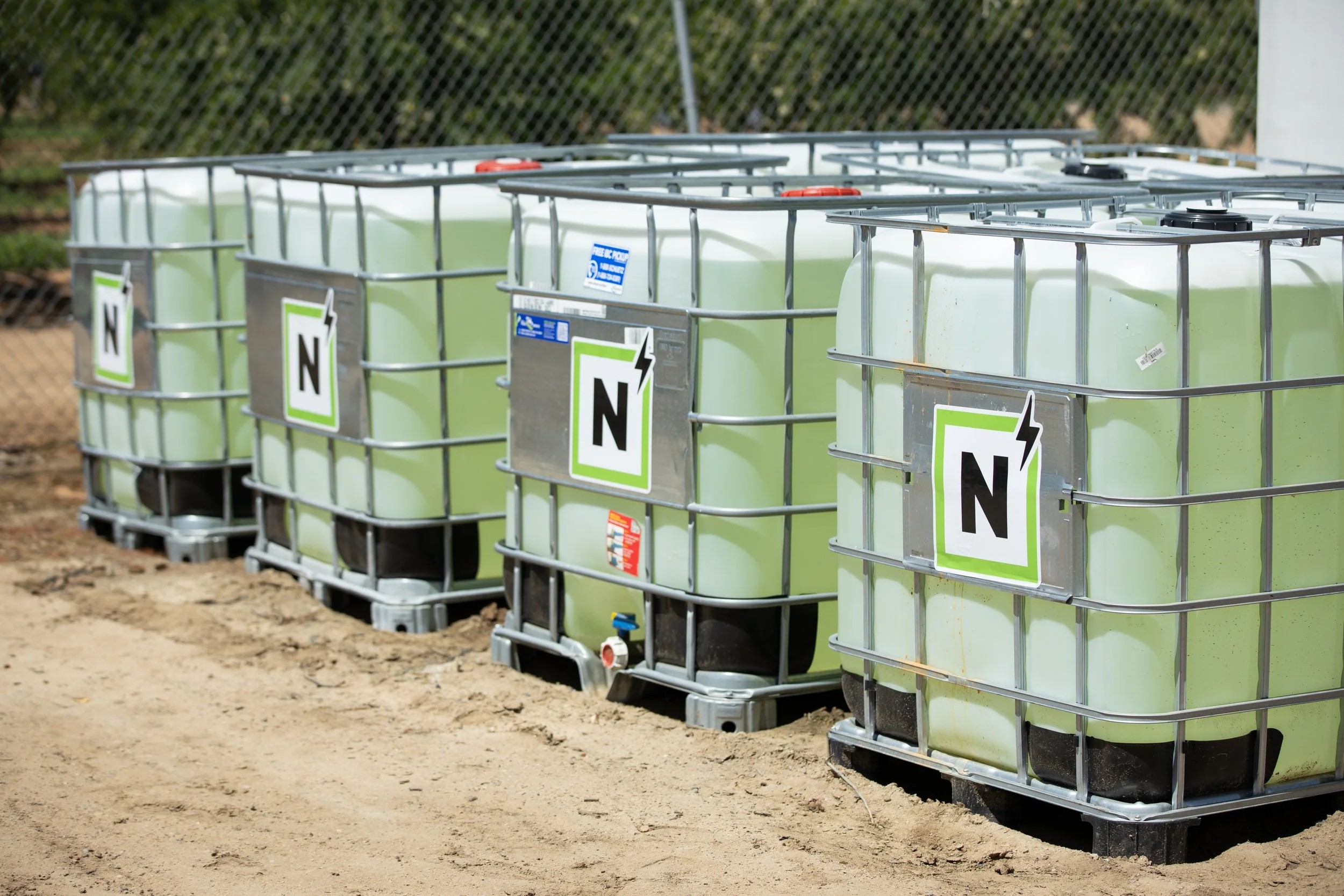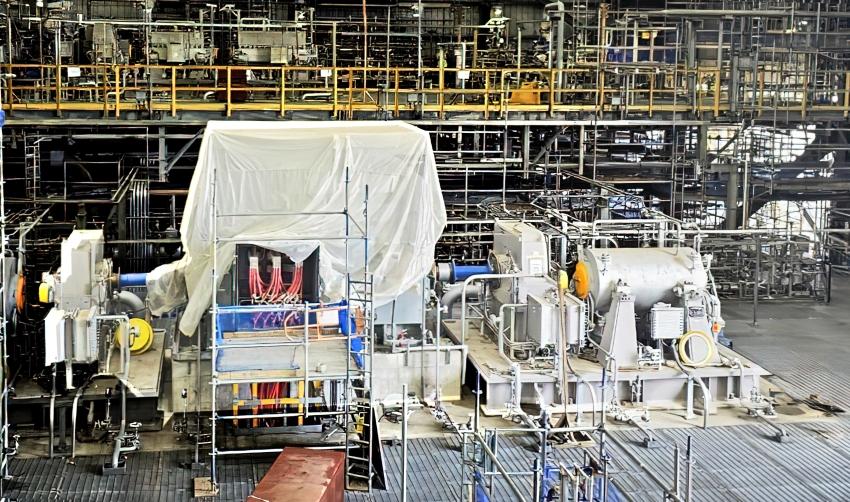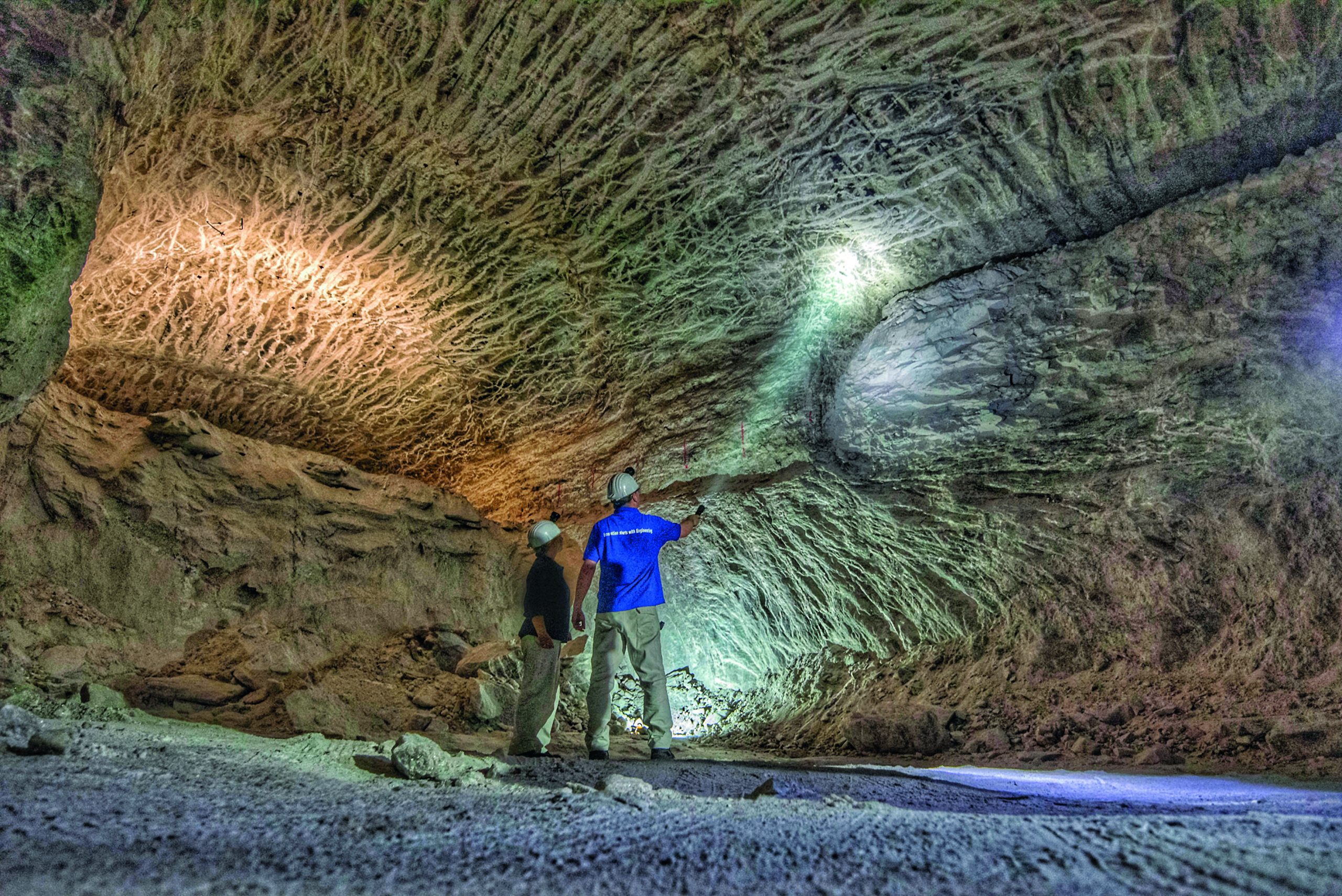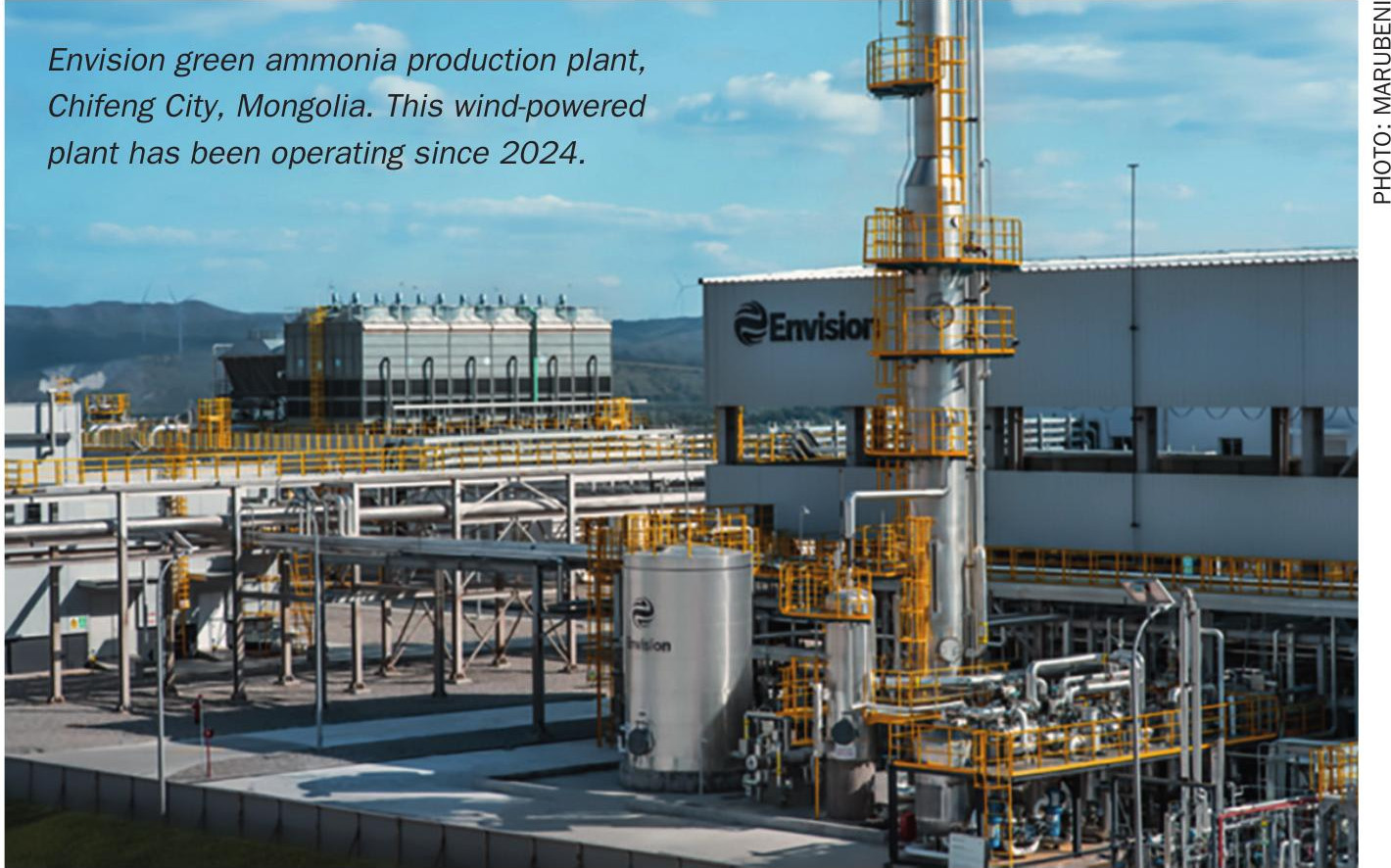Nitrogen+Syngas 395 May-Jun 2025

3 May 2025
Start-up for green methanol plant
Clariant says that its MegaMax 900 methanol synthesis catalyst has been used in the successful startup of European Energy’s green methanol plant at Kasso, Denmark. The facility uses biogenic CO2 and green hydrogen to produce up to 42,000 t/a of green methanol. Clariant’s Applied Catalyst Technology (ACT) technical service team provided on-site support throughout the startup procedure, overseeing the catalyst loading, reduction, and startup. Clariant says that the catalyst is operating with excellent activity and stability despite the challenging conditions of CO2-to-methanol conversion.
Georg Anfang, Vice President Syngas and Fuels at Clariant Catalysts, commented, “We are excited about the successful startup of European Energy’s pioneering e-methanol plant. The project is an important milestone in deploying and upscaling green methanol production and we are proud that our catalysts are already producing sustainable methanol at commercial scale. At Clariant, we are committed to catalysing the energy transition – not only tomorrow but starting today.”
Anders Brendstrup, Vice President at European Energy, added, “We are thrilled to have produced one of the world’s first e-methanol at our Kasso facility. This is a pivotal moment on the journey that started four years ago. We thank Clariant not only for providing their high-performance methanol synthesis catalyst but especially for their comprehensive on-site support. We look forward to continuing this successful partnership in future projects.”
European Energy was founded in 2004 with the goal of driving the green transition and developing sustainable, fossil-free energy solutions. The multinational company has major investments in solar and wind energy projects, as well as Power-to-Xand carbon capture technologies.


